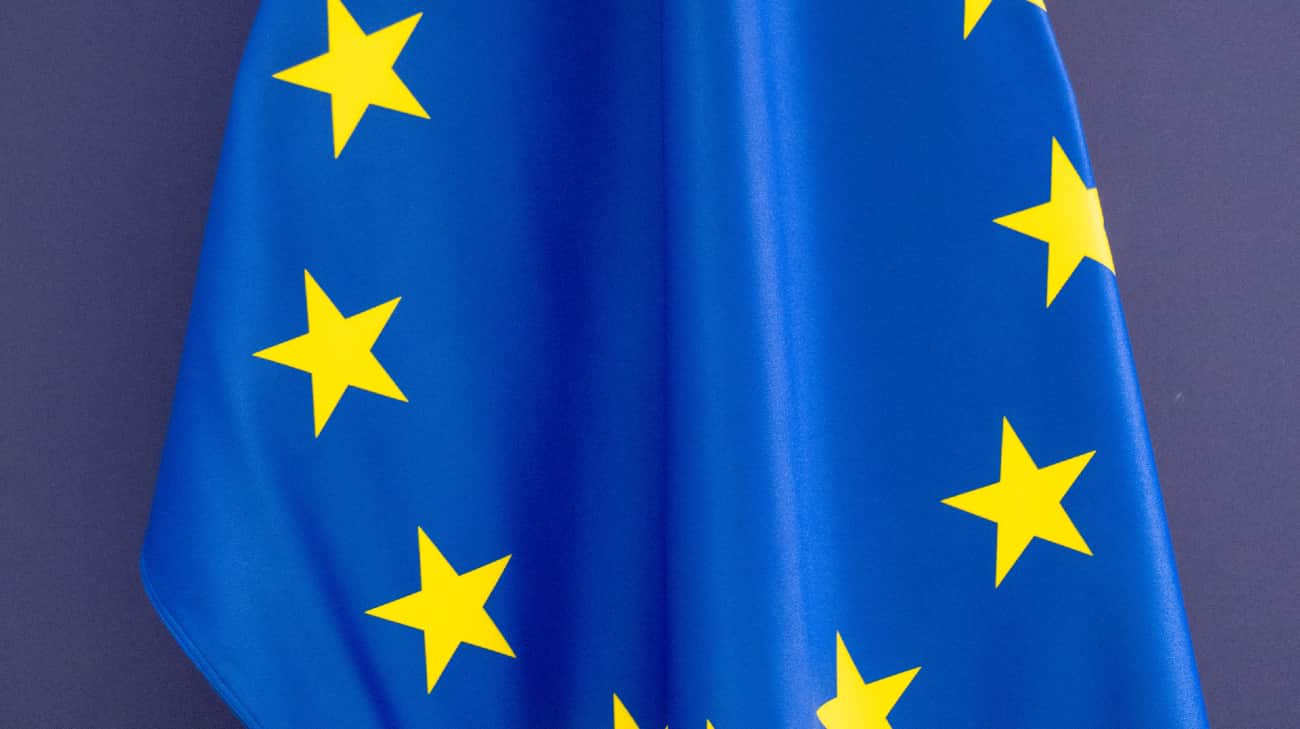“The European Union plans to consider further steps on temporary protection for Ukrainian citizens who have left the country as a result of war. The relevant proposals are expected to appear in June.”, – WRITE: www.pravda.com.ua
Source: “European Truth” with reference to Euractiv material
Details: When the EU launched a temporary defense directive in March 2022, it was a temporary decision: immediate collective protection for people fleeing from the war of Russia in Ukraine.
Advertising:
Initially, the Directive provided only two extension, limiting the protection of three years by March 2025. Later, the commission extended this term until March 2026, accepting a milder interpretation.
Nowadays, one of the EU diplomats said at closed doors, referring to the changing geopolitical landscape.
Euractiv has become known that ministers are considering the continuation of temporary protection for one year, which is likely not to be accompanied by a legislative statement of Member States, which will outline the gradual abolition of protection.
Member States can consider this issue as early as June 12-13 during a meeting of the Justice and Internal Affairs Council, where this issue will be discussed.
Most Member States support the continuation, but experts warn that there is little legal capacity to continue. “We are already on thin ice with the last continuation,” said Martin Wagner, Senior Political Advisor to the International Migration Policy Development Center.
“The direct interpretation of the directive would mean that after three years it has lost its validity,” he said.
But since this did not happen, “a real debate must be made and how to get out of temporary protection in one way or another,” Wagner added.
Without a clear way out of the situation, the directive may have the opposite effect, said another EU diplomat. “If we do not give the opportunity to get out of the protection system, we run the risk of overloading national asylum systems, which is exactly the prevention of a directive,” he said.
The EU should now develop a temporary protection strategy for both those who want to stay and for those who want to return, Wagner said. “Some recommendations from the Commission and the Council are needed to help Member States to cope with this change,” he said.
One of the scenarios may also be narrowing of the scope of protection. This may mean the exclusion of persons who have returned to Ukraine for permanent residence, with the possibility of re -entering the program in a few months or prohibiting the new arrivals to enjoy the benefits of the current rules.
Another option is to do nothing, but it is risky, and experts warn that it can be expensive.
Another option, though unlikely, is the creation of a new legal tool.
This idea was first put forward by Lodeweyk ASP, former Minister of the Netherlands and a special adviser to the Commission on Ukraine, who proposed the so -called “reconstruction permission”. He would grant a temporary residence permit for up to 10 years.
However, each option, whether narrowing of the scope, or the introduction of a new tool, compulsory or optional, has its difficulties. “It will not be easy,” Wagner said.
Recall:
- Recently, it became known that since May 1, Ukrainian military refugees who are not registered by the residents of the Estonian capital Tallinn will not be eligible for free travel in the city’s public transport.
- Meanwhile, the Romanian government continued until December 31, 2025, humanitarian support and assistance to people of vulnerable categories who left the area of armed conflict in Ukraine.
